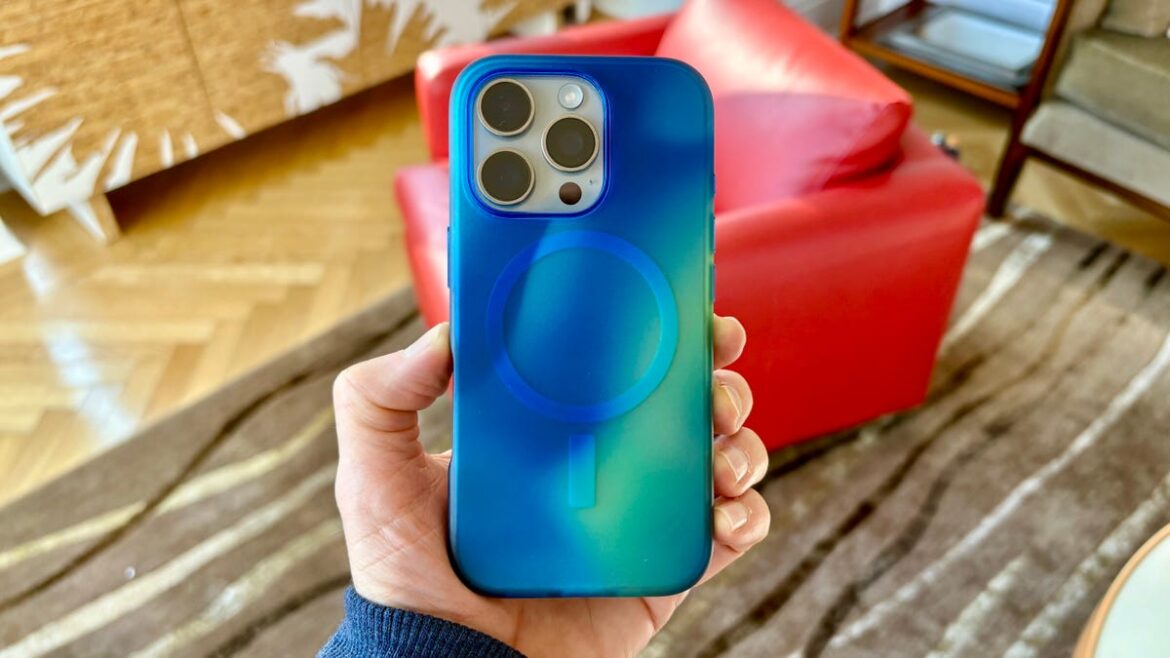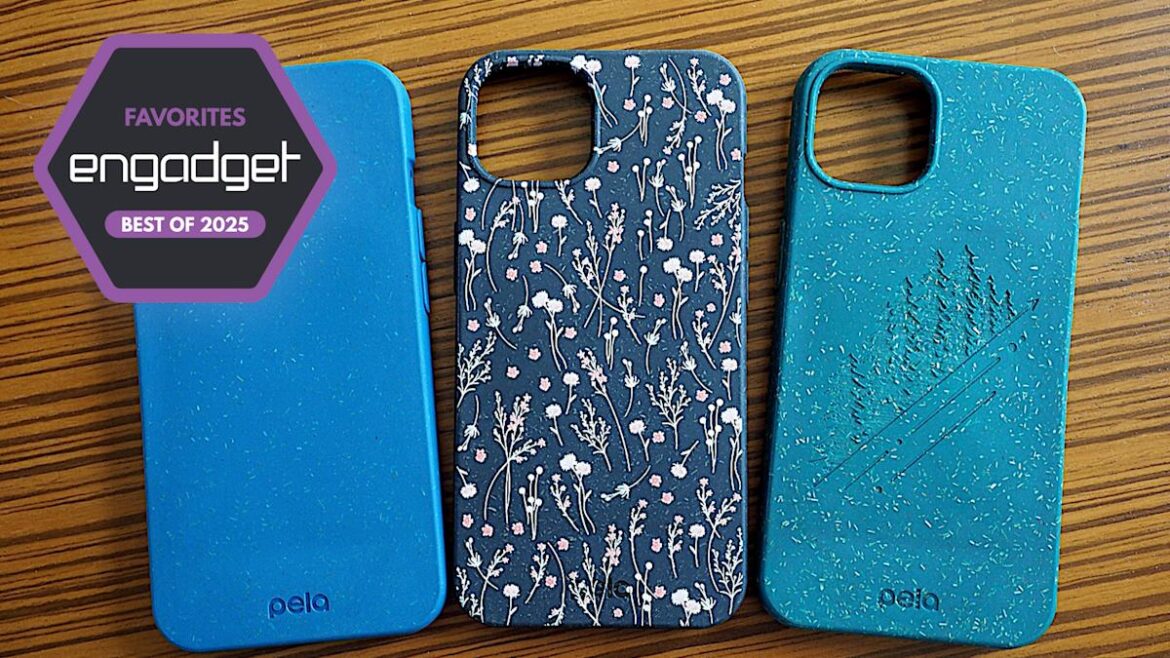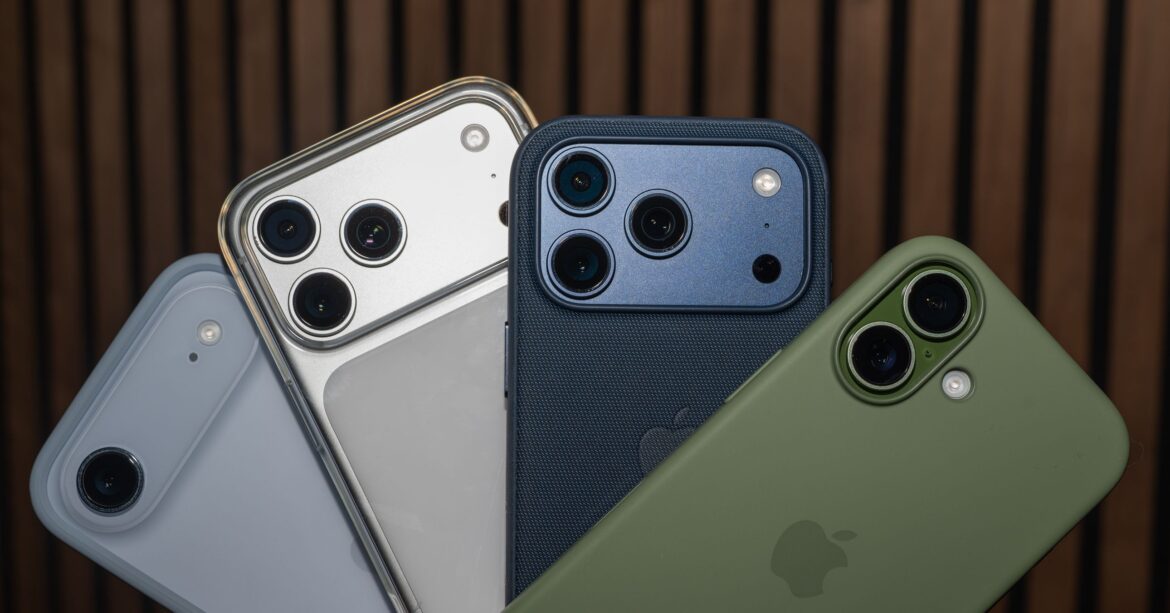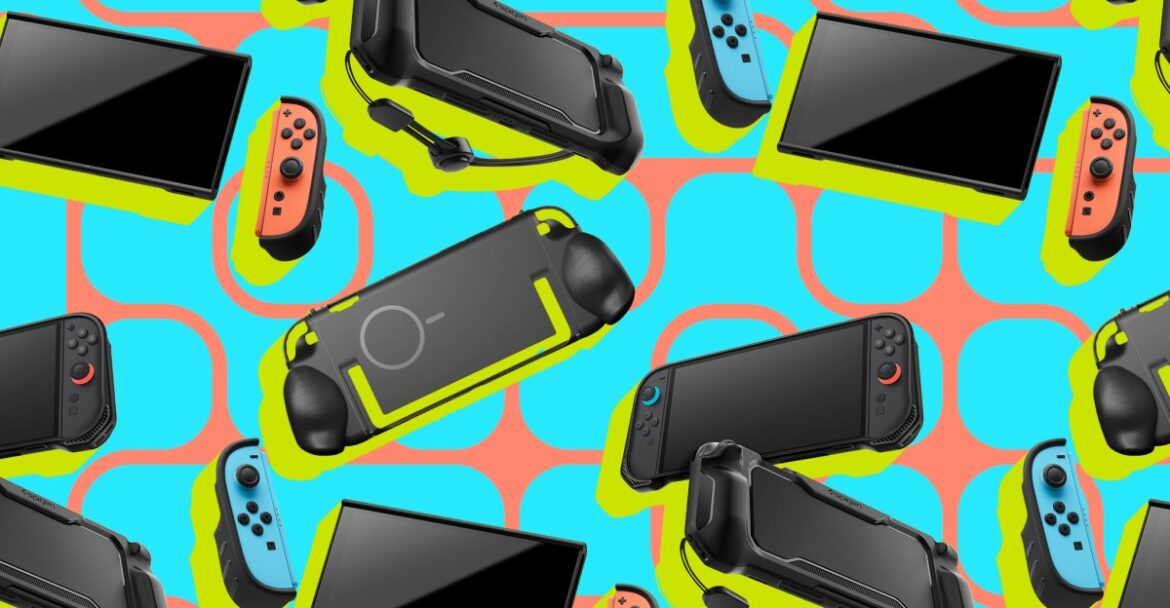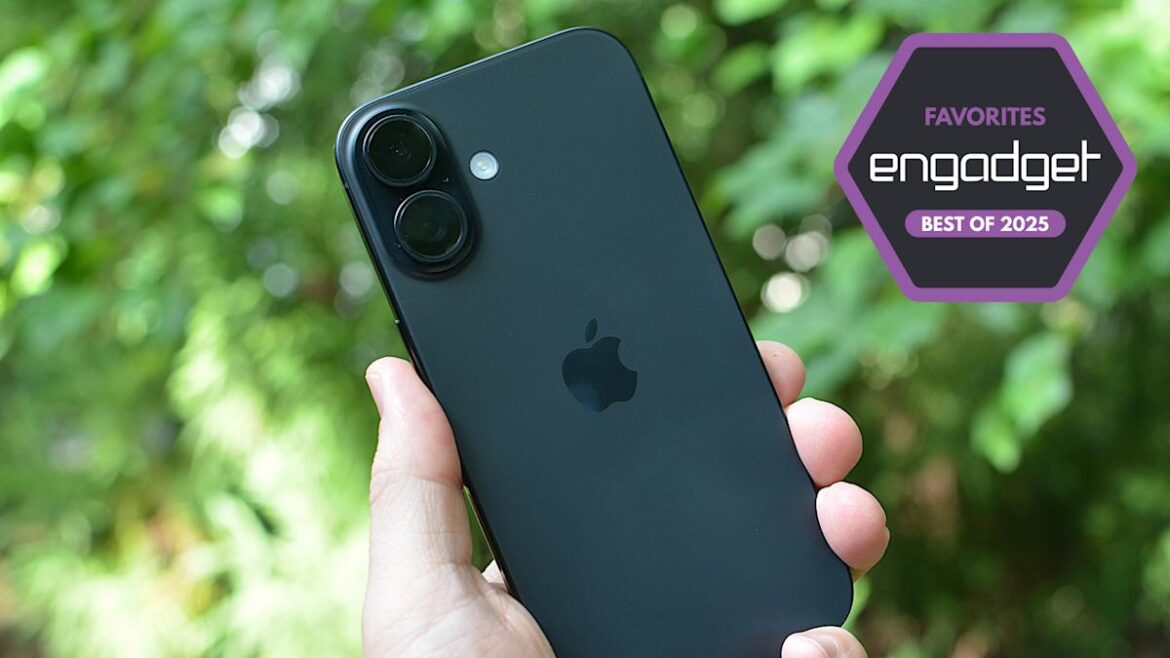All the iPhone 16 models are equipped with Apple’s MagSafe feature, which offers faster wireless charging with compatible chargers. It also supports optional accessories — including the MagSafe wallet, mini wallets and various mounts — that adhere magnetically to the back of your phone. Like the iPhone 15, the iPhone 16 has “an array of magnets” (Apple says they’re recycled) embedded around a charging coil that can pull up to 15 watts of power.
If you want to use those MagSafe accessories without taking your phone out of its case, you need a phone case that’s equipped with MagSafe support. The MagSafe symbol is a circle with a short pipe below it. You can see it on clear cases, but it’s embedded on the inside of the case so if it’s nontransparent, you’ll only see it from the inside.
If you already have a MagSafe accessory — or plan on buying MagSafe accessories in the future — you’ll want to get a MagSafe compatible case; it’s a good option to have. With that in mind, the majority of the cases in this roundup are equipped with MagSafe.

